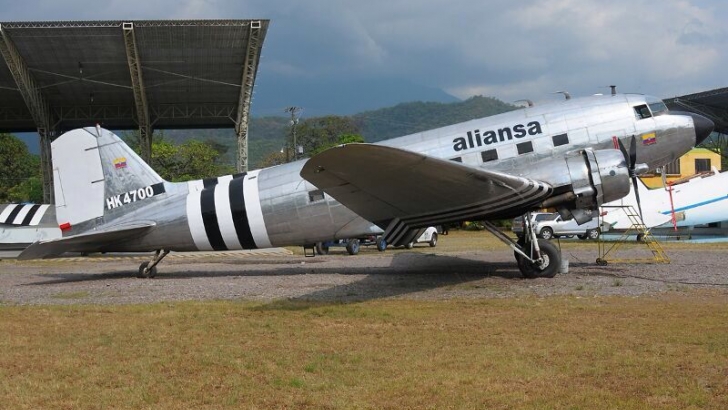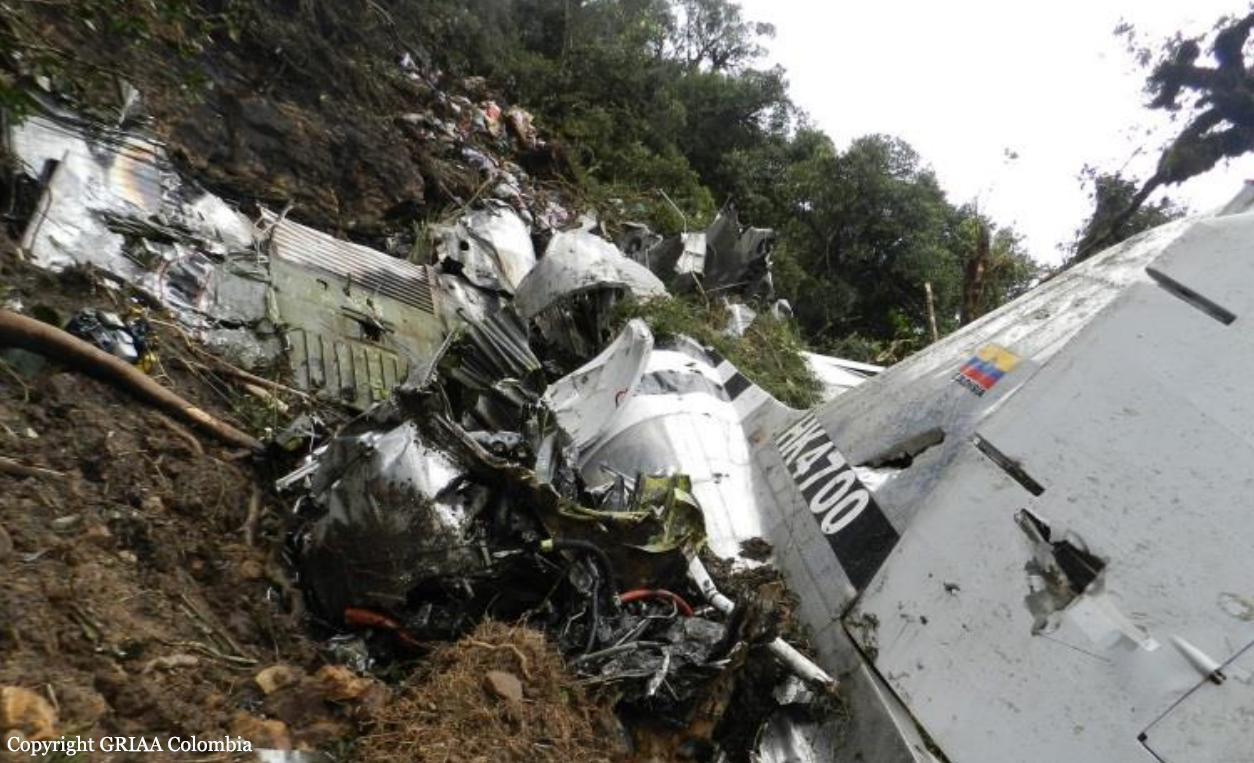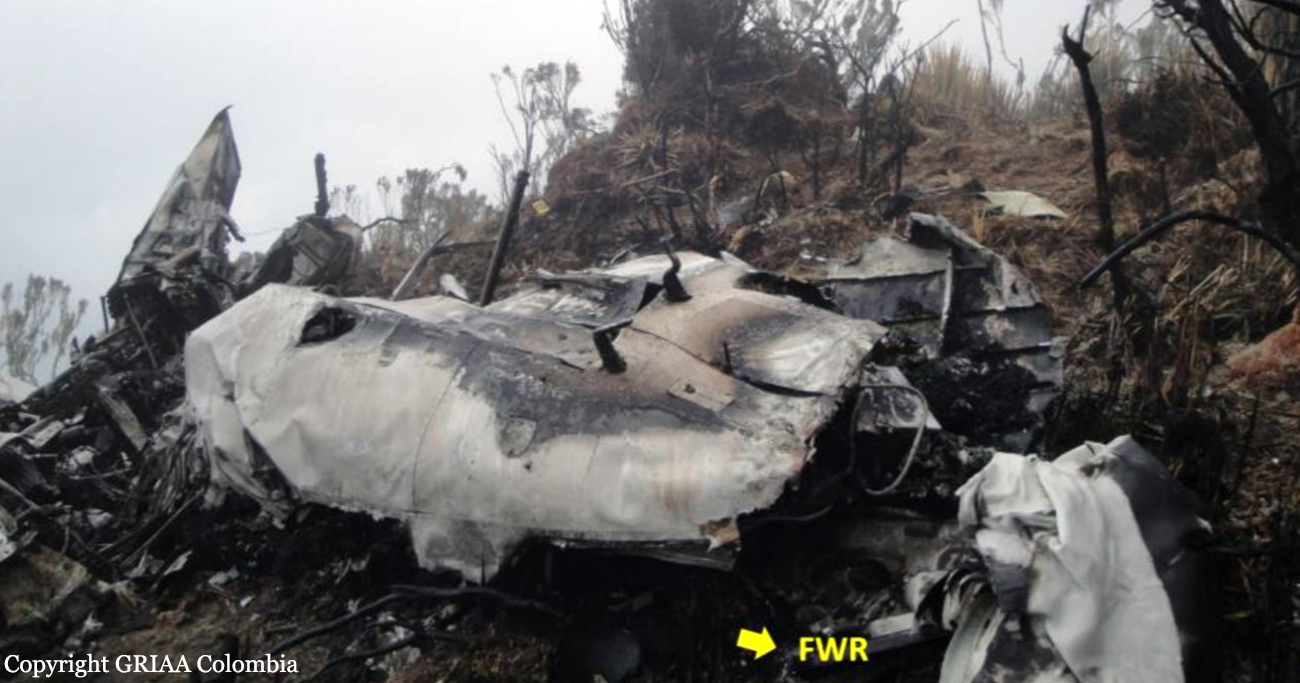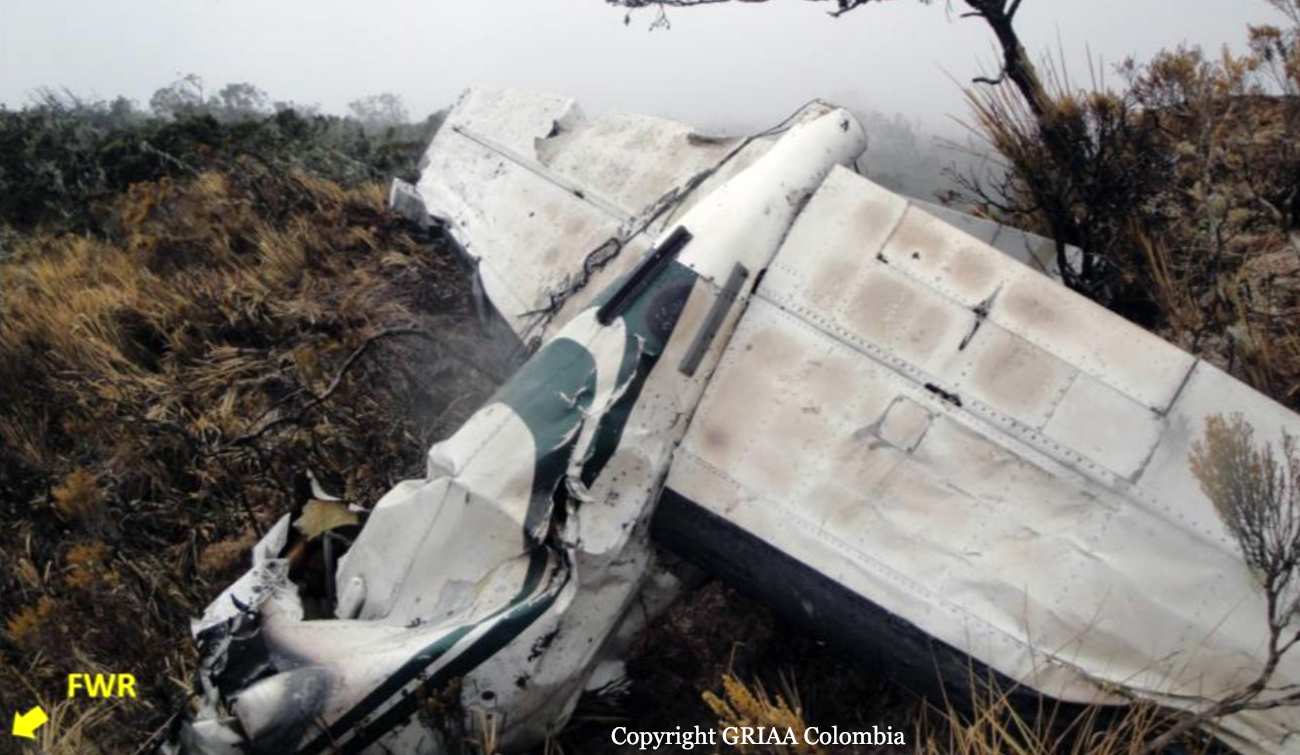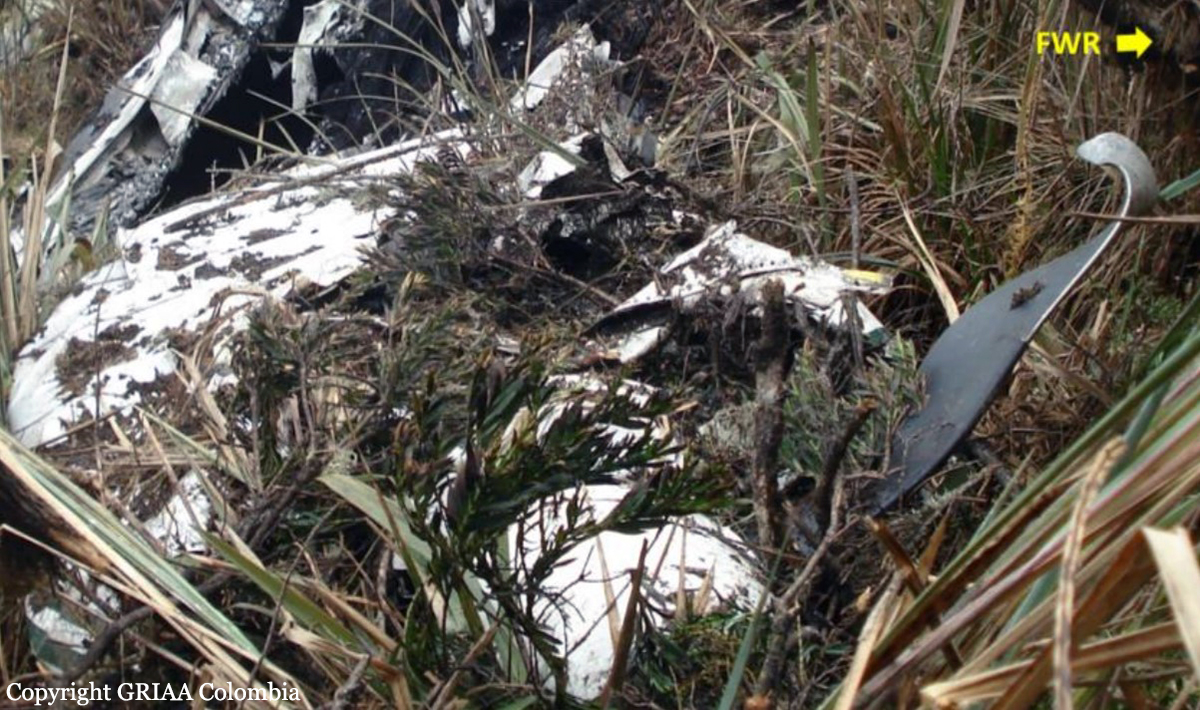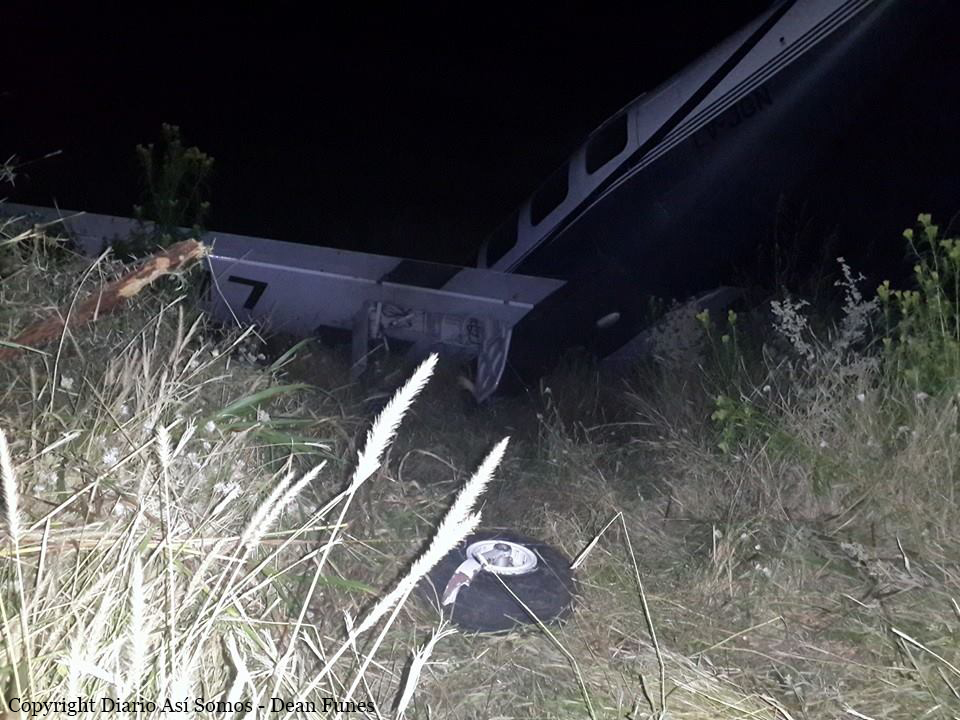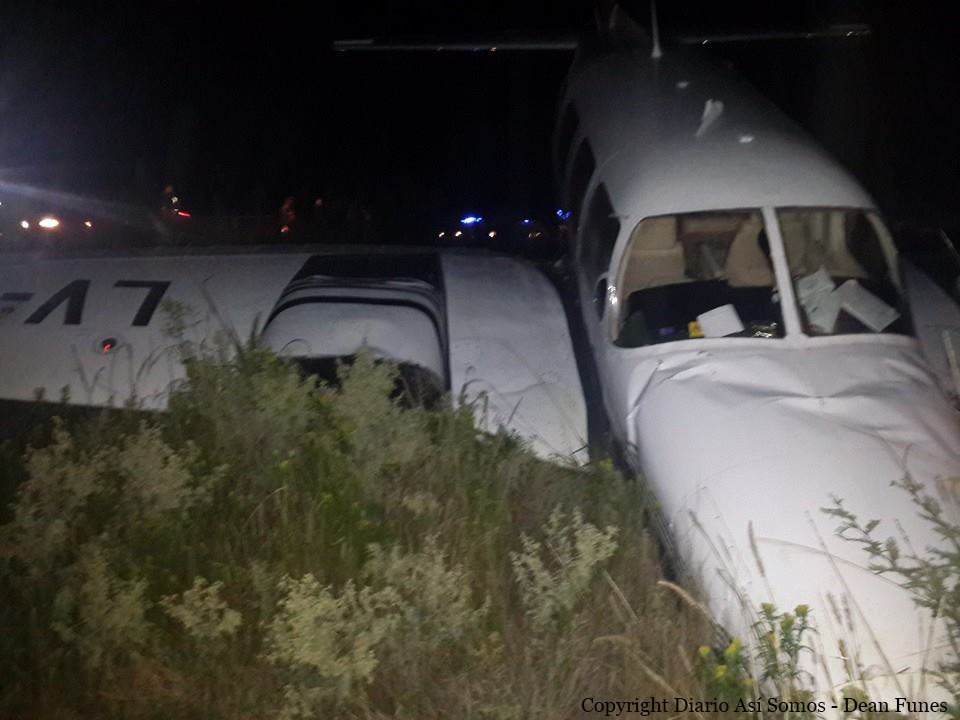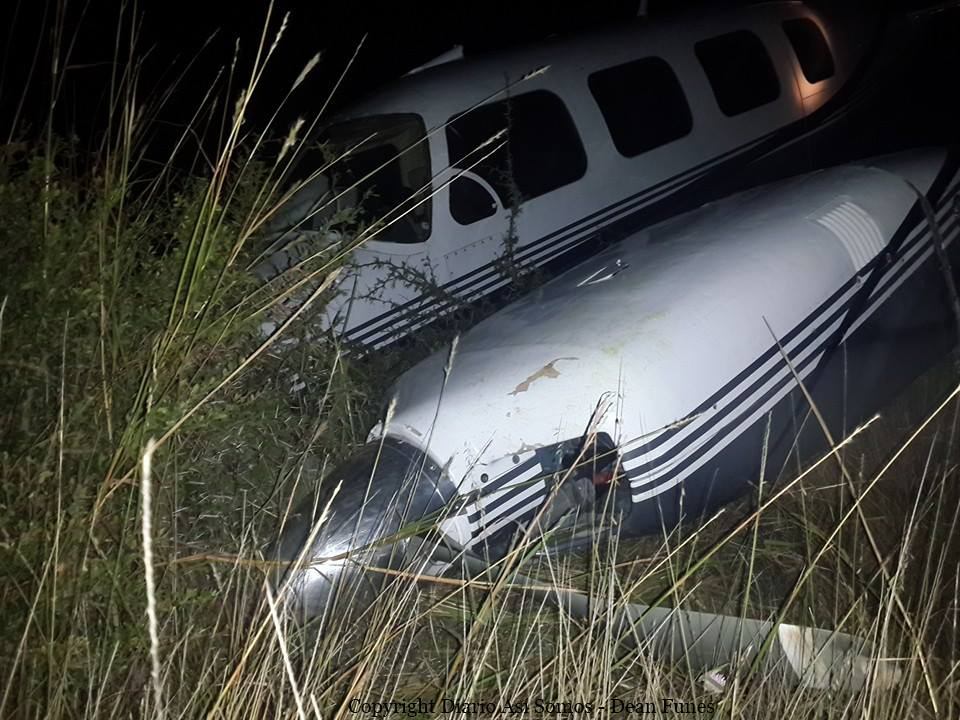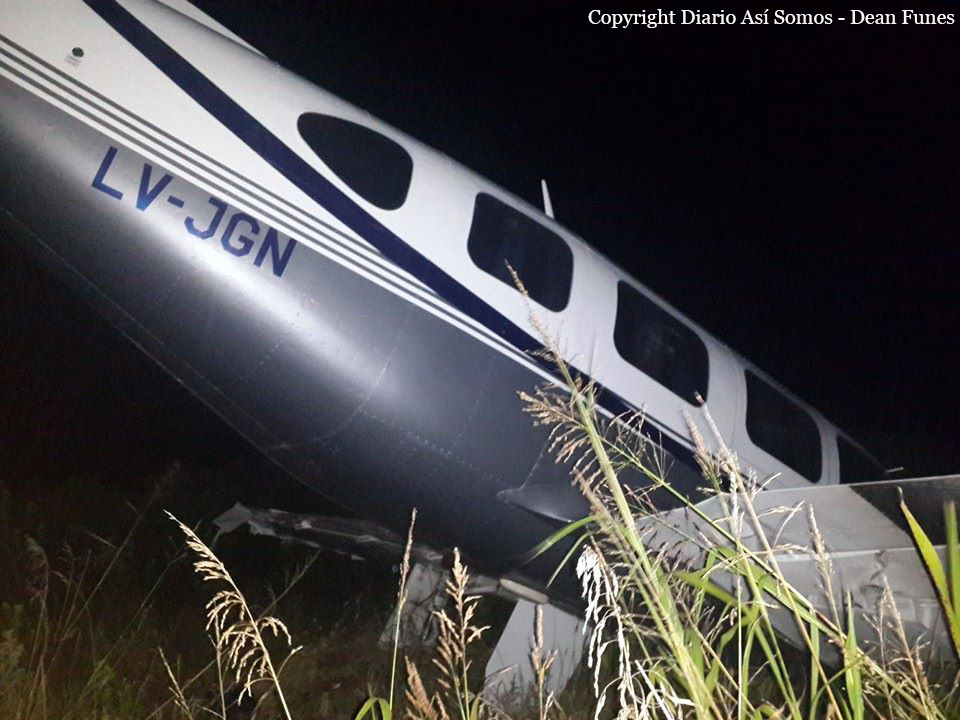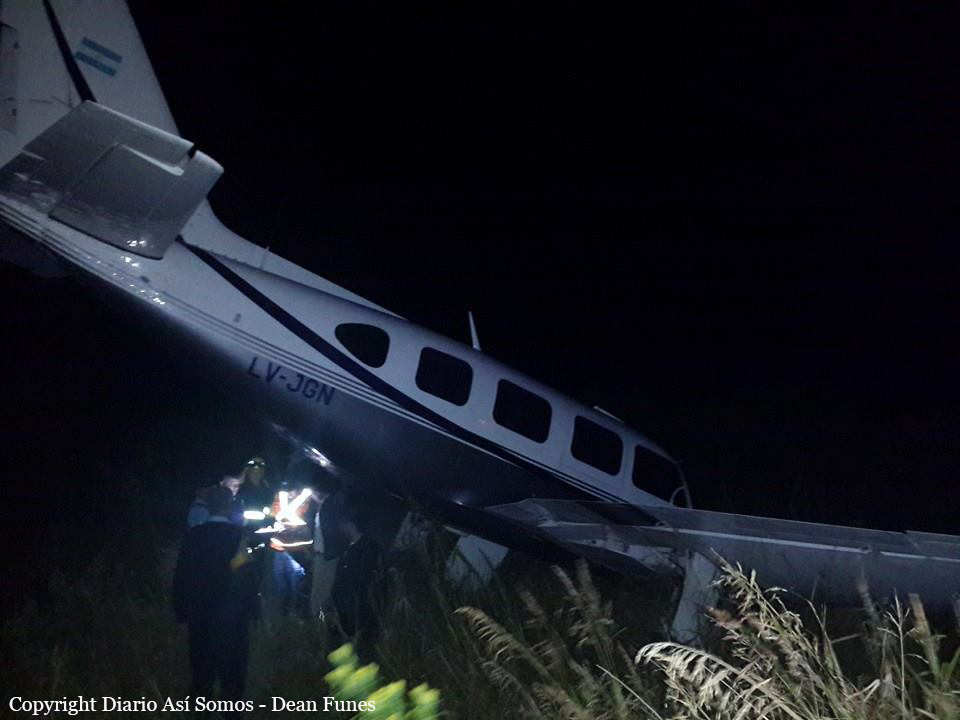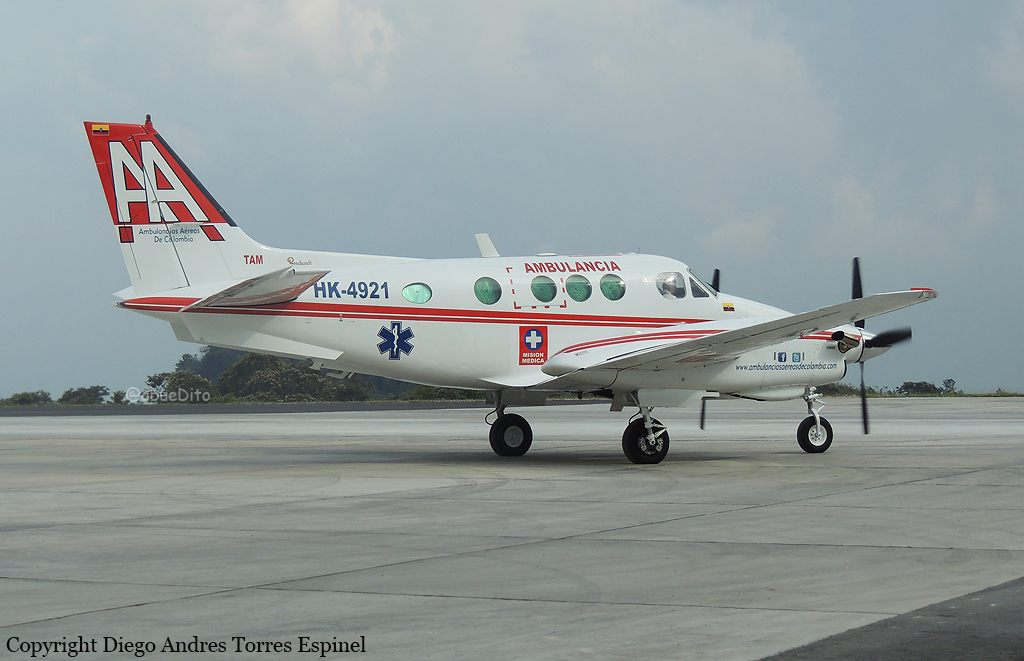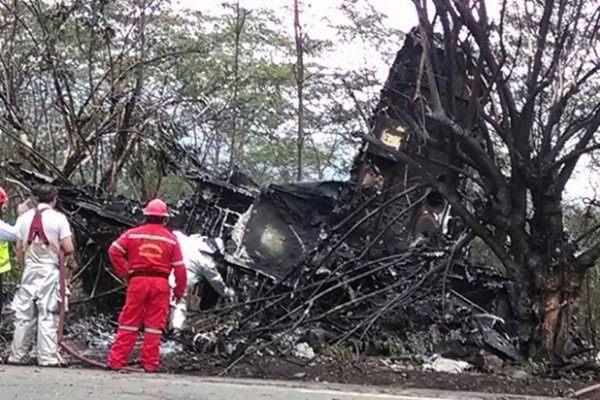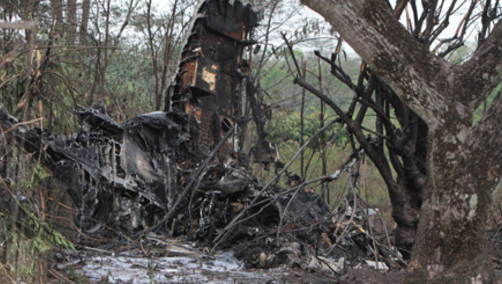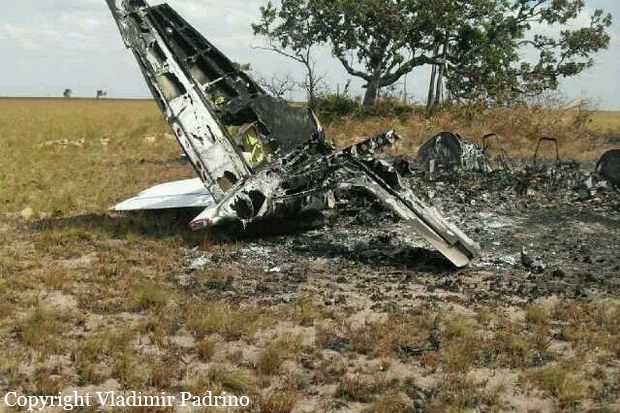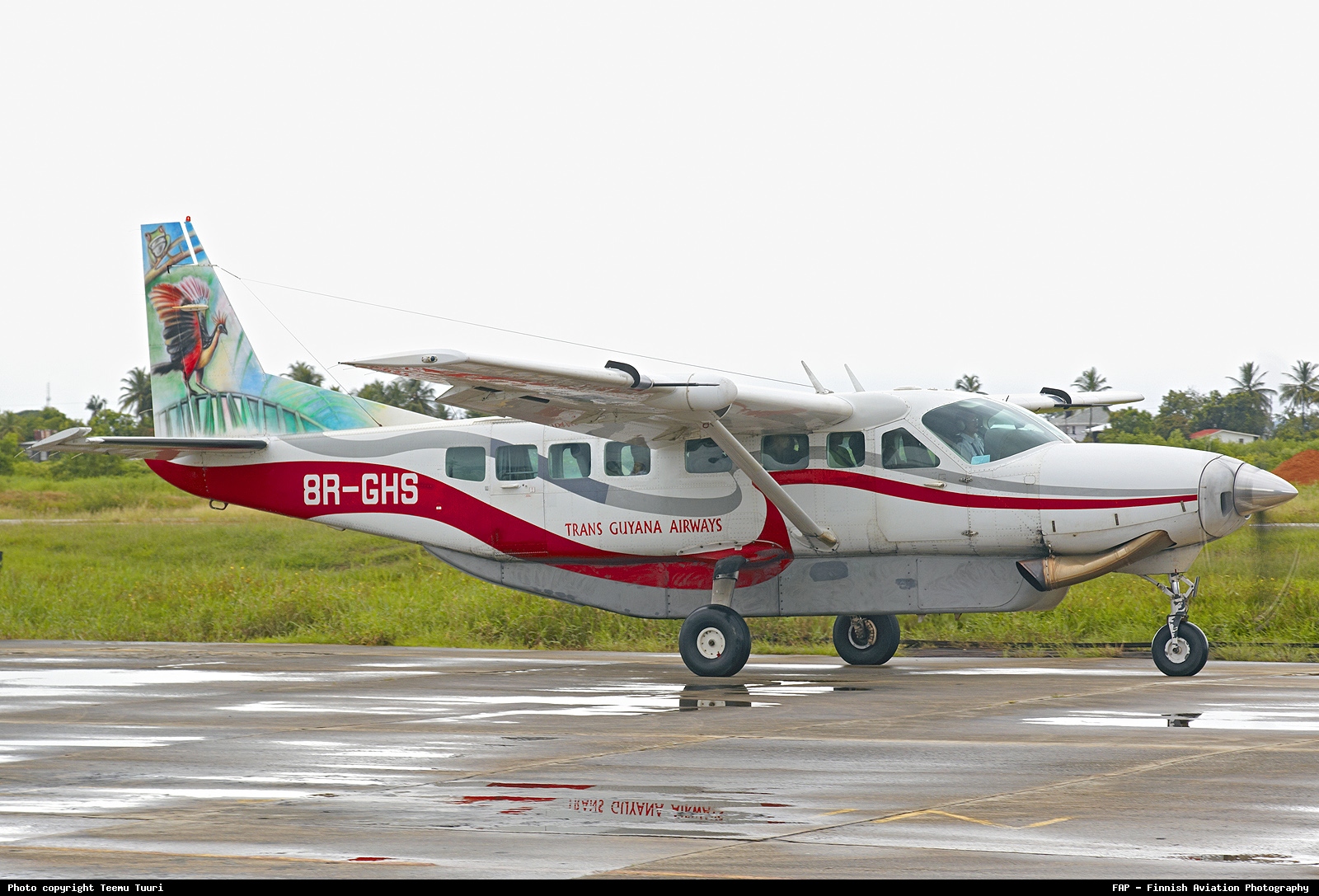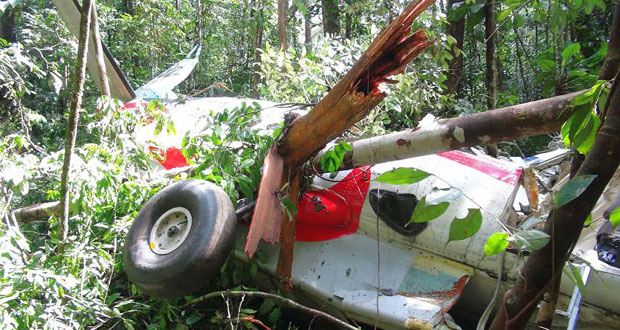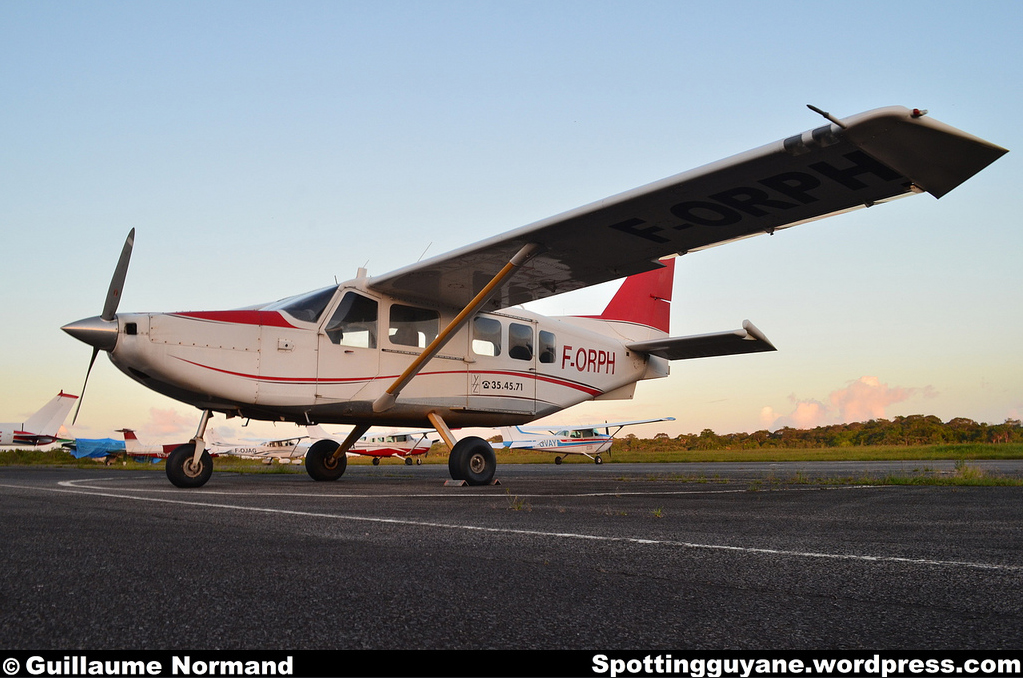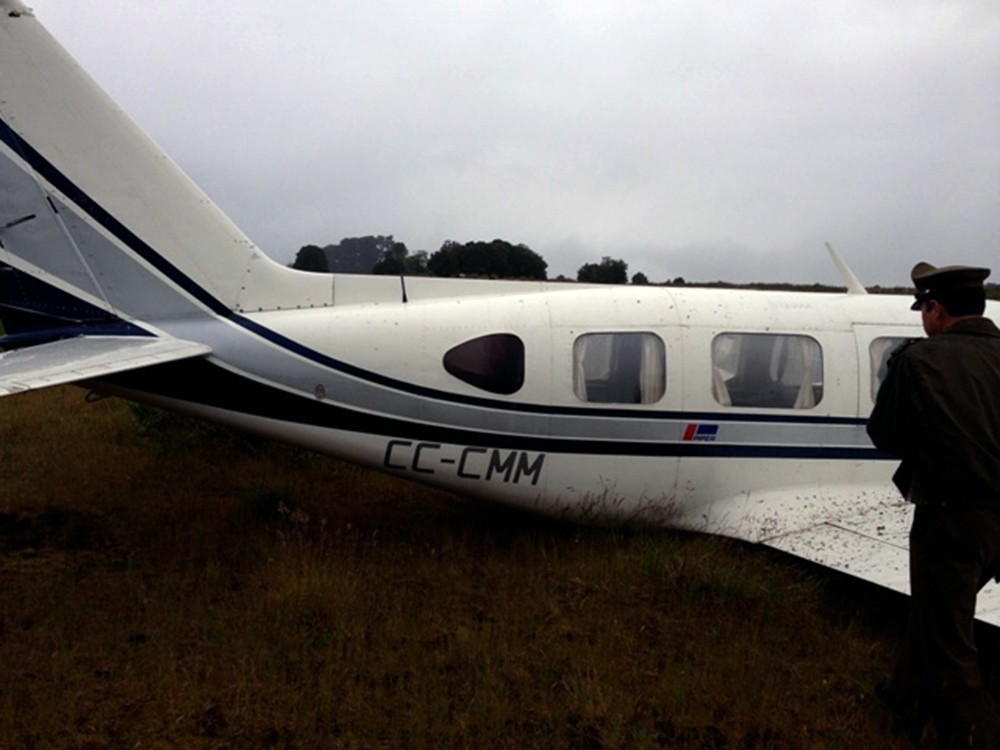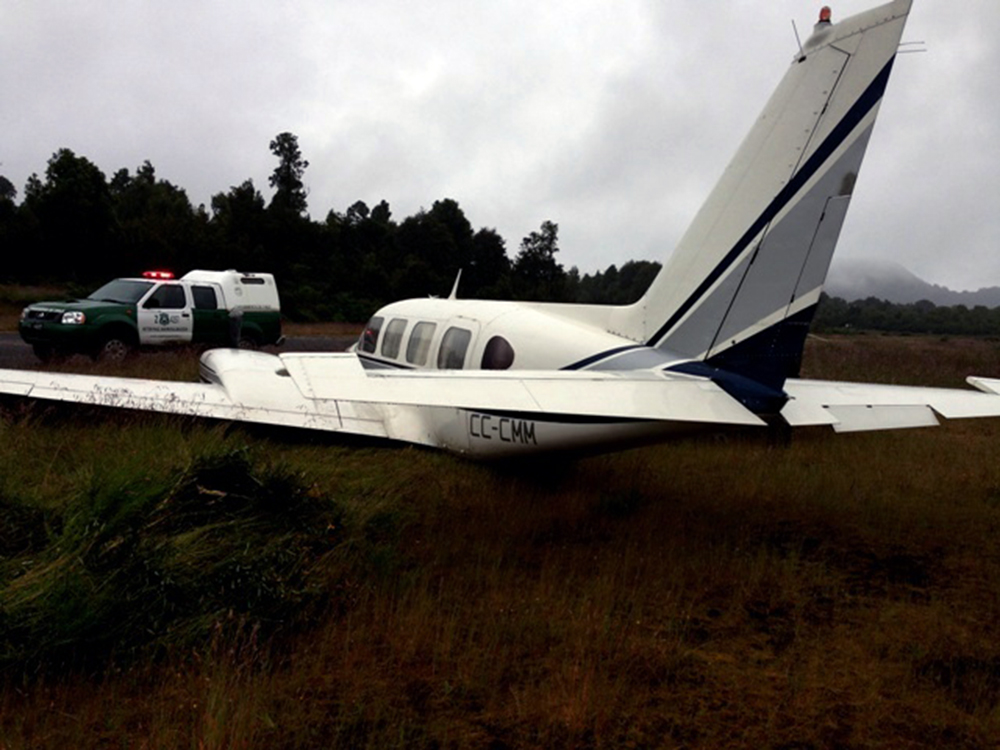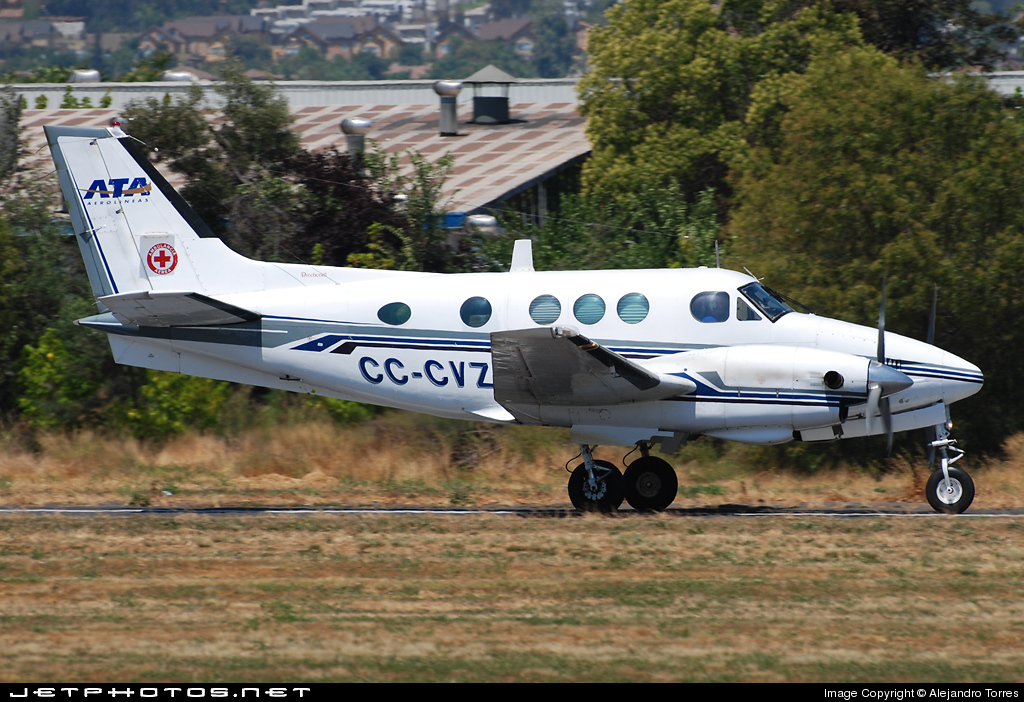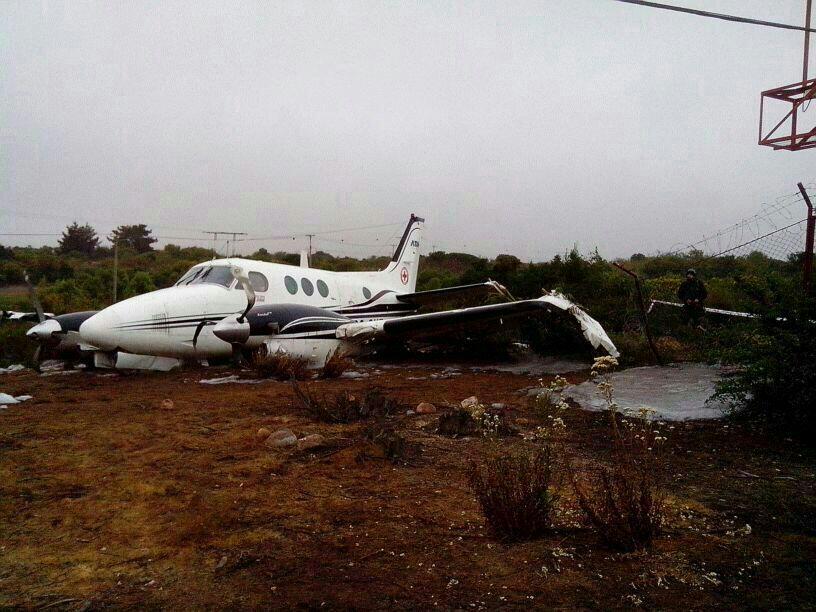Crash of a Douglas DC-3C near San Vincente del Caguán: 5 killed
Date & Time:
May 8, 2014 at 1202 LT
Registration:
HK-4700
Survivors:
No
Schedule:
Villavicencio – Florencia
MSN:
9700
YOM:
1943
Crew on board:
2
Crew fatalities:
Pax on board:
3
Pax fatalities:
Other fatalities:
Total fatalities:
5
Captain / Total hours on type:
9950.00
Copilot / Total hours on type:
3812
Aircraft flight hours:
27771
Circumstances:
The aircraft departed Villavicencio on a cargo flight to Florencia, carrying three passengers, two pilots and a load consisting of 2,540 kg of various goods. While cruising under VFR mode at an altitude of 6,500 feet, weather conditions worsened and the crew attempted to modify his route when the aircraft impacted ground and crashed in a wooded and mountainous area located some 45 km north of San Vincente del Caguán, near Uribe. The aircraft was destroyed by impact forces and all five occupants were killed.
Probable cause:
It was determined that the accident was the consequence of a controlled flight into terrain. The crew failed to evaluate properly the risks and the danger of poor weather conditions and decided to perform the flight in VFR mode. While cruising in IMC and failing to check the minimum prescribed altitude, the crew suffered a loss of situational awareness, causing the aircraft to hit he mountainous terrain.
Final Report:
